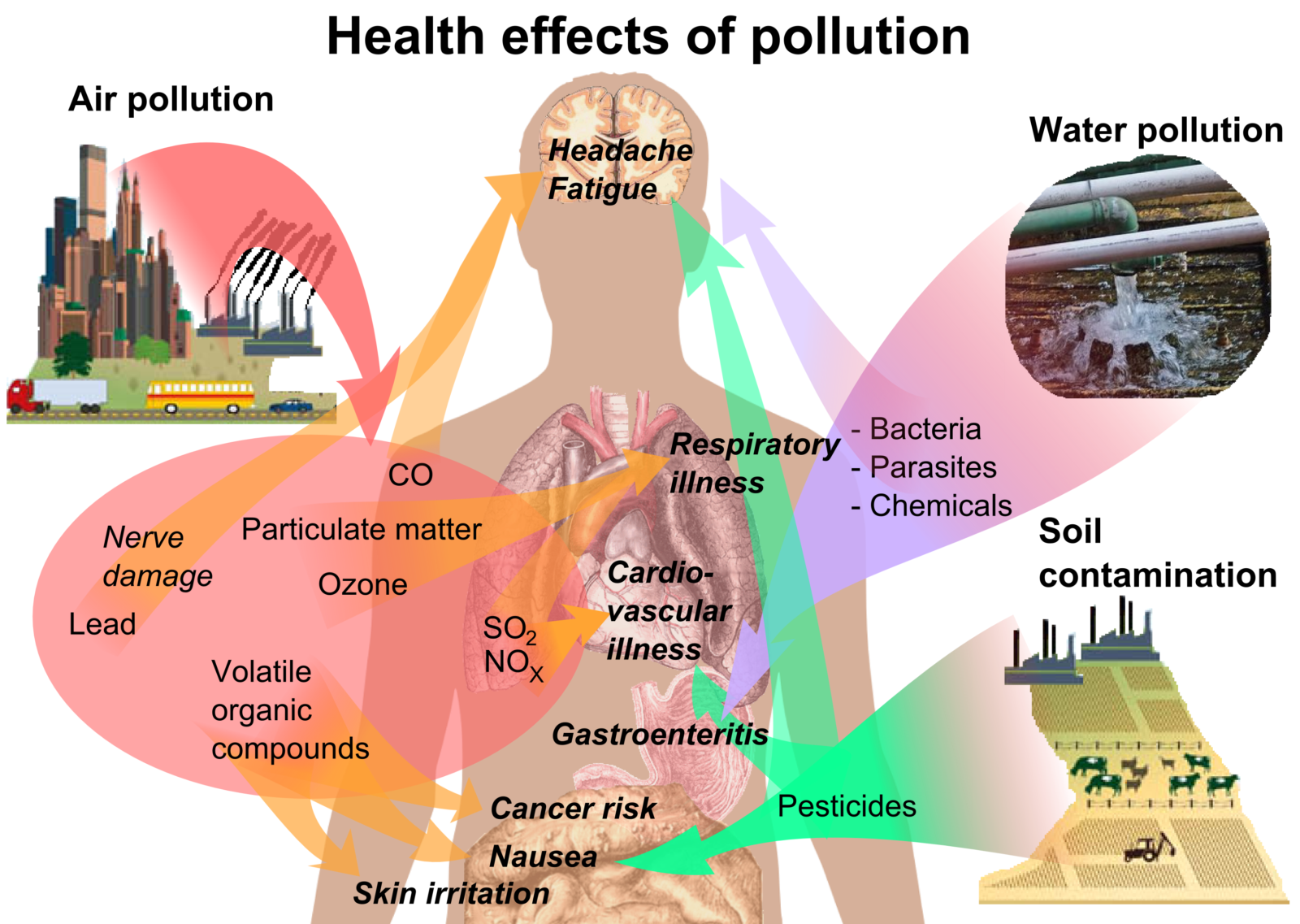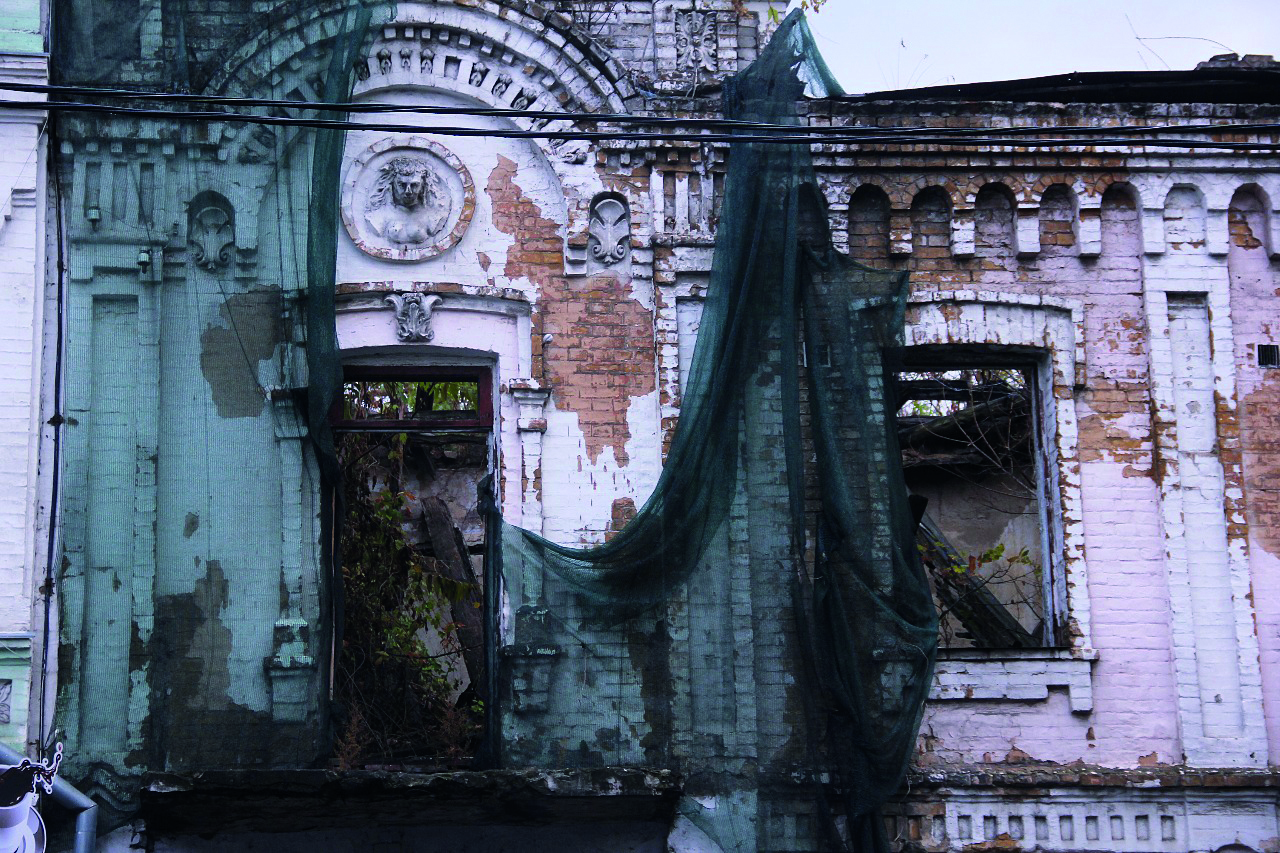Breathe In, Breathe Out

AQI is an acronym for Air Quality Index, which is how outdoor air quality is rated internationally. Not until recently did Ukraine have any publicly reported data or known “reporting stations” available. One would think that if there would be any country that would have a plethora of air quality testing or reporting stations, it would be Ukraine. I needn’t remind of the 1986 disaster still affecting the country. And, though I have found two reporting stations in the country, most phone apps show Ukraine with no reports, making the entire country look uninhabited (not unlike Prypyat, the town most affected by Chernobyl).
 Many global agencies calculate Air Quality Index using the level in which the most common air pollutants are recorded. Of the 16 – 21 pollutants most stations monitor, the following are the five most common: particulate matter/particle pollution (PM2.5 and PM10), ground-level ozone (O3), nitrogen dioxide (NO2), and sulphur dioxide (SO2). Ground-level ozone and airborne particles are considered the two pollutants that pose the greatest threat to human health.
Many global agencies calculate Air Quality Index using the level in which the most common air pollutants are recorded. Of the 16 – 21 pollutants most stations monitor, the following are the five most common: particulate matter/particle pollution (PM2.5 and PM10), ground-level ozone (O3), nitrogen dioxide (NO2), and sulphur dioxide (SO2). Ground-level ozone and airborne particles are considered the two pollutants that pose the greatest threat to human health.
The AQI scale has a colour and number spectrum from 0-500 with six different levels. The best air quality levels (0-50) are (not surprisingly) indicated by the colour green, which is said to be “good” or at the very least satisfactory with no pollution risks. The next level, indicated by the colour yellow, is labelled “moderate” (51-100). This air quality is acceptable; however, there may be a moderate health concern for a very small number of people. The third level, referred to as “unhealthy for sensitive groups” (101 to 150), is indicated by the colour orange. The general public is not likely to be affected at this level, however people with heart and lung disease, the elderly, and children are at a greater risk from exposure to ozone and/or the presence of particles in the air. The colour red (151 to 200) is said to be “unhealthy”. This is a dangerous AQI, where all individuals may begin to experience some adverse health effects.
 The fifth category, “very unhealthy” (201 to 300), is represented in purple and may trigger a health alert where more serious health effects are experienced. Lastly, “hazardous” (301-500), depicted in the colour maroon, triggers health warnings of emergency conditions, where the entire population is likely to be affected. To give context, some reports say China continues not only to exceed 500 but can reach levels near 1 000! This may explain why Asians are prone to wearing masks wherever they go. At this level, however, nothing is going to reduce air toxicity.
The fifth category, “very unhealthy” (201 to 300), is represented in purple and may trigger a health alert where more serious health effects are experienced. Lastly, “hazardous” (301-500), depicted in the colour maroon, triggers health warnings of emergency conditions, where the entire population is likely to be affected. To give context, some reports say China continues not only to exceed 500 but can reach levels near 1 000! This may explain why Asians are prone to wearing masks wherever they go. At this level, however, nothing is going to reduce air toxicity.
While we don’t have much to be fearful in Ukraine – thankfully, with little green bubbles hovering over Kyiv, AQI is something to at least be aware of.
Check out these links to find out more:
http://bit.ly/2zrbc3O
http://bit.ly/2m6Lfx2











